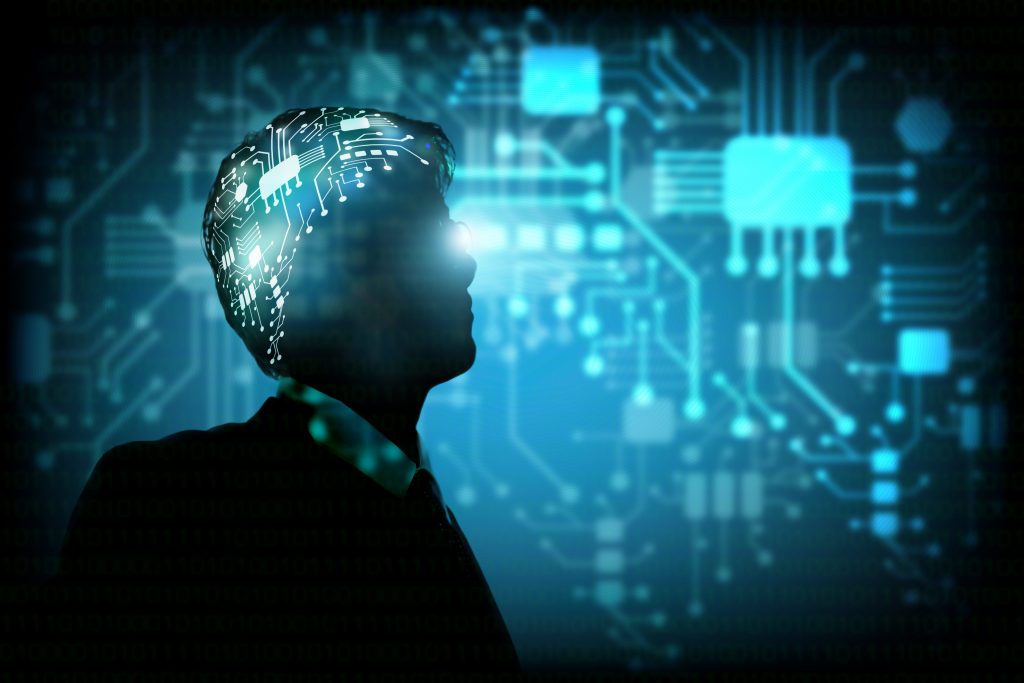
The Basics of Machine Learning and Artificial Intelligence and Physical Security | PSA Emerging Technology Committee
Created on behalf of the PSA Technical Committee by Joshua Akre, Performance Engineering Manager at Northland Controls.

Machine learning is a growing trend in the physical security industry due to its pattern recognition capabilities. Machine learning and artificial intelligence (AI) can automatically monitor social media feeds, advertisements, and recommended searches; identify spam emails; perform facial and image recognition, and has even given us self-driving cars. All of these examples are made possible through a trained model that recognizes patterns and makes accurate decisions based on those recognitions. This article is a basic introduction to what makes machine learning and artificial intelligence possible including data sets and neural networks, and how they benefit the physical security industry.
Let’s start with the first step in collecting information for machine learning and AI: a data set. Data sets are accumulations of specific elements or figures in a given set of information. For example, a photo album or a collection of pictures and videos could be considered a data set. Modern smartphone and photo apps process these data sets and can automatically apply filters or adjustments to photos based on past user editing choices. These apps constantly collect information from submitted photos in order to learn how thousands of their users adjust and filter them based on specific type, such as selfies, in order to apply automatic filters to any similar photos used within the app. This is an example of a neural network learning from a large dataset to infer editing style preference.
Artificial neural networks are modeled after the human mind in regard to classifying and recalling patterns. The more a person sees, the more complex their classifications can become. Take for instance the color orange. If a child sees an orange crayon, they may not recognize the nuances of the color’s gradient, and might only be able to identify the color as “orange”. If an experienced artist saw the crayon, they may identify the color as pumpkin, amber, or apricot because they recognize the shades of the crayon’s color tone. As the child is taught more about colors, their color identification accuracy increases, and they are able to recognize more and more color groups. Exposing machine learning or AI to new datasets and teaching them what the data sets are is called corrective guidance and it is how neural networks are trained.
Next we can discuss binary selections. These selections are made up of decisions from only two-options at a time: yes or no, true or false, 0 or 1; and are the backbone of neural networks. Let’s use the following photo as an example.
Analyzing this picture, we can make the following binary selections:

Is this a person? No
Is this an animal? Yes
Is this a cat? No
Is this a dog? Yes
Is this a Bull Dog? No
Is this a Labradoodle? Yes
Based on these binary selections, we understand the picture is a Labradoodle dog. To reach this conclusion, a computer using this model would need to be shown hundreds of thousands of images in order to teach each iteration of the neural network how to identify different objects. The neural network then learns what physical features separate a person from an animal, a cat from a dog, and distinctions between even the different species of dogs. A trained neural network is produced when this exercise is repeated with a substantial dataset. This whole process encompasses the basics of machine learning and AI as a computer builds neural networks and finds and recognizes the patterns automatically and autonomously.
Machine learning also categorizes data sets based on programmed options chosen by the user. These programs can be altered by a user and the computer then classifies the picture. For example, many online banking apps have programs that can identify written numbers on a check so that checks can be submitted through mobile deposit. This process is reinforced, corrected, and trained by the numbers typed into the “amount” field and compared to the picture of the check. As the data set increases with more individuals using this method of deposit, the more accurate the banking app’s scanning program can become.
In relation to physical security, many AI platforms use video feeds and stored footage as a massive dataset to categorize pictures and security events, and takes a significant amount of processing power. Many manufactures have physical on-prem solutions that link to an active video monitoring system and pull videos that are deemed of interest to a security operations center (SOC) or a monitoring station. Alerting the SOC or responders through accurate object or sequence identification shows the true value of the trained neural network. Machines processing camera footage, using trained neural networks to identify security incidents, and autonomously sending out alerts is perfect example of machine learning and AI at its best in the physical security industry.
MORE FROM PSA COMMITTEES
Check out the following resources to learn more:
https://www.zendesk.com/blog/machine-learning-and-deep-learning/https://becominghuman.ai/ai-machine-learning-deep-learning-explained-in-5-minutes-b88b6ee65846https://hackernoon.com/the-simplest-explanation-of-machine-learning-youll-ever-read-bebc0700047chttps://enterprisersproject.com/article/2019/7/machine-learning-explained-plain-english?page=1https://pathmind.com/wiki/neural-networkhttp://neuralnetworksanddeeplearning.com/chap1.htmlhttps://stats.stackexchange.com/questions/244017/what-is-the-difference-between-prediction-and-inferencehttps://mitxpc.com/pages/ai-inference-applying-deep-neural-network-traininghttps://blog.exxactcorp.com/discover-difference-deep-learning-training-inference/